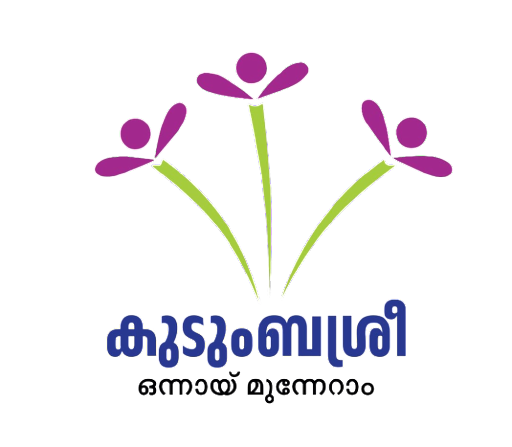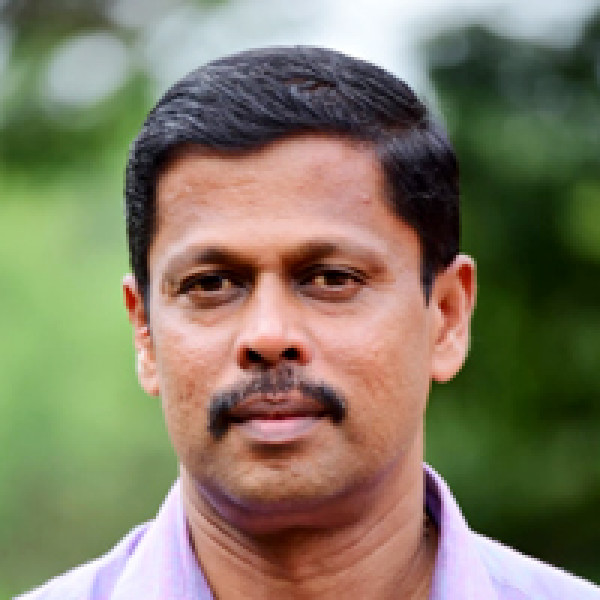
Attappady is an east sloping sub-plateau in Kerala nestling below the southwestern corner of the Nilgiri segment of the Western Ghats. The Coimbatore plains are along its eastern flank and the Mannarkad-Palakkad plains are to its south and west. Administratively Attappady is part of the Palakkad District, Mannarkad Taluk in Kerala. It is subdivided into 6 revenue villages namely, Padavayal, Pudur, Kottathara, Agali, Sholayur and Kallamala. It has three Panchayats namely Pudur, Agali and Sholayur, all falling within the Attappady Community Development Block.
Attappady has a long inter-State border. To its north is the Nilgiri District, Udagamandalam Taluk and to its east is the Coimbatore District, Mettupalayam, Coimbatore North and South taluks.
The NilamburTaluk of Malappuram District is along the northwest corner of Attappady beyond the Silent Valley National Park. Mannarkad town, the Taluk headquarters is 37 km west of Agali and Coimbatore city is 45 km to the east.
The geographical unit Attappady extends over approximately 750 sq.km. It is a part of the Western Ghats falling within Kerala. It is located exclusively within the catchment area of the Bhavani River and her tributaries, Siruvani and Kodungarapallam. A significantly long extent of the Western Ghat main watershed line passes through Attappady. The watershed line passing through Attappady is specifically very important from the point of view of Cauvery Basin with inter-State implications. It is equally importantfor the Bharathapuzha Basin which is a water deficit area in Kerala.
At the time of the formation of Kerala State, Attappady was a healthy rich land. This was hardly three generations’ life time ago. Many people with clear memories and experiences of those days are still alive in Attappady. Then ninety percent of the population was Adivasis; 10,200 people in 1951. Forest covered more than 75 percent of the land providing environmental security. Agriculture of extraordinary crop diversity, productivity and sustainability provided food security. The less than 80 Adivasi settlements scattered across the land provided social as well as cultural security. Monetary requirements were minimal and resource flow outward almost non-existent. There was no government. But this whole scenario underwent a radical change within the next half a century.
Waves of immigration first from the eastern Tamil Nadu and later from the western Kerala side resulted in the Adivasi population becoming a minority (around 35 per cent). Their self- sufficient subsistence economy, life support natural systems as well as ecologically harmonious lifestyle were destroyed in a very short time. They lost their collectively owned land and became dispossessed and disempowered. Their cultural as well as unique agricultural foundations were totally destroyed and devalued. A number of development programs from malaria eradication programs (spraying DDT) to the Kunda Soil Conservation Plan to the Integrated Tribal Development Plans and later the Japanese aided eco restoration program in the name of Attappady Hills Area Development Society (AHADS) were brought in to the area. In short, within a limited period an enormous amount of public funds were invested in Attappady for a population of less than one lakh of which hardly 35 percent constituted the tribal community. Every conceivable government programme was tried out in Attappady. In spite of it all Attappady came to represent sloth, tardy implementation of schemes, widespread corruption along with increasing marginalization of the tribal community, exclusion of tribal people from decision-making, extensive land alienation and social disintegration.
Demographic Profile of Adivasis in Attappady
| Name of the tribe | Number of Families | Men | Women | Total |
| Irula | 7616 | 13160 | 13361 | 26521 |
| Muduga | 1274 | 2225 | 2443 | 4668 |
| Kurumba | 543 | 1128 | 1123 | 2251 |
People’s Plan Programmes, Gram Sabhas, OoruKootams, Ayalkootams, VanaSamrakshanaSamithies (VSS) and a plethora of social institutions under AHADS were all built up for inclusive participatory, just and sustainable development. Yet Attappady still retains its prime position in the media for environmental destruction, poverty, tribal right violations of every conceivable kind and so on. In addition to poverty, starvation and every sort of exploitation, malnutrition of pregnant women, infant mortality, especially death of newborn babies plague this once rich land. Perhaps the single-most important contributory factor to the child malnutritiondeaths, and the cause for the overwhelming poverty of the Adivasis, which fails to beaddressed to date, is the alienation and loss of most of their fertile agriculturally suitable land,total destruction of their indigenous mixed cropping system, change in diet and lifestyle, and loss of hope.
Though liquor has been banned in Attappady, men consume large amounts of spurious and lethal brew from the bar connected with TASMAC (Tamil Nadu State Marketing Corporation is a company owned by the Government of Tamil Nadu, which has a monopoly over wholesale and retail vending of alcoholic beverages in the State of Tamil Nadu), from the liquor shops in Mannarkad and also illicit brew being distilled rampantly in the hamlets. There are several women who are single, either deserted or widowed and have to fend for themselves. Women are the worst affected by the male consumption of alcoholism. The men die very early in life due to alcoholism and women have to look after families on their own. Women are the main providers for the family through the income earned by NREGP. The other main source of income for wo men is work in the Tribal Co-operative Farming Societies. The Neighbourhood Groups (NHGs) by the Kudumbashree program hardly existed in the tribal areas.
It is in this context that the Attappady Comprehensive Tribal Development and Particularly Vulnerable Tribal Group Development Project was envisioned. This pilot project of National Rural Livelihood Mission (NRLM), Ministry Of Rural Development was initiated in Attappady in 2013.
Vision
The project aims to uplift the social and economic status of Irula, Mu duga and Kurumba tribal communities of Attappady. Sustainable livelihoods like agriculture and allied activities need to be developed where the community can be self-reliant and self sufficient in food. Women’s institutions would be built up for total financial inclusion leading towards poverty alleviation and social development. Awareness generation would be enhanced on all issues for the communities to be able to access all entitlements and schemes. The institutions would enable women to access credit, engage in sustainable livelihoods, build up entrepreneurship, marketing and negotiation capacities and capacity to assert their agency in all realms from the domestic front to the various forums like the area of work, Panchayat and various departments. The social, economic and political status is to be enhanced and they should be able to assert their cultural identity as Adivasis.
The project area would ultimately be an immersion site for the community resource persons in the most vulnerable tribal communities of India. Similarly, the Community Resource Persons (CRPs) in this area can engage in the mobilization and institution building processes in other parts of the country. Modules and protocols would be developed for building the capacities of the community resource person’s and professionals for this upscaling process. The needs of the other vulnerable areas would be understood before the mobilization processes are undertaken.
Aims and expected achievements of the project are:- Building up of powerful and effective exclusive institutions of women from the tribal communities who should develop negotiation power, ability to critically analyze their own situation and collectively work towards social transformation
- Institution at the Ooru (hamlet) level and Panchayath level for tribal women to enable them to access all entitlements and schemes of each department and engage in the proactive process of preparation of tribal sub-plan.
- Institutions to ensure availability of nutritious food, access to health care, edu cation, etc.
- Institutions should have the ability to prevent social issues like child marriage, domestic violence , trafficking and other forms of violence which affect the status of women
- Skill training to youth to save them from unemployment, despondency and alcoholism.
- Livelihoods in agriculture and micro-enterprises that would lead to economic development
- Funds disbursed to the community
- Attappady will ultimately developed as the immersion site for the community resource persons and professionals working in the extremely vulnerable tribal areas of the country.





































